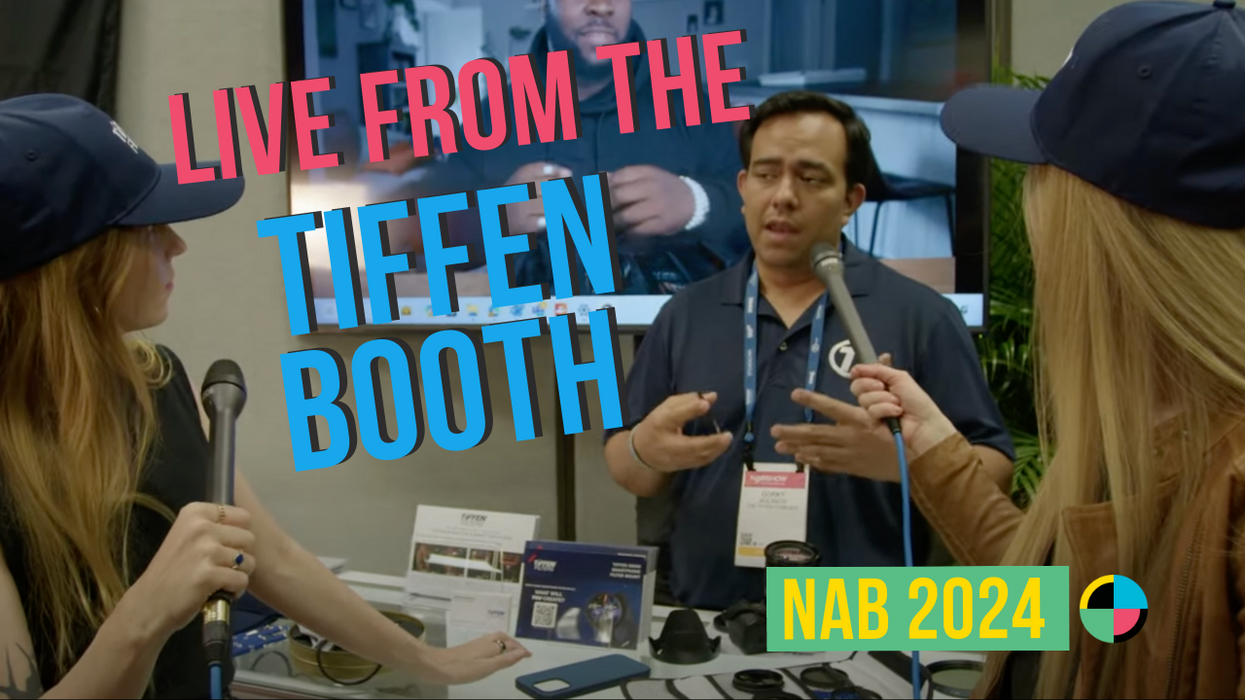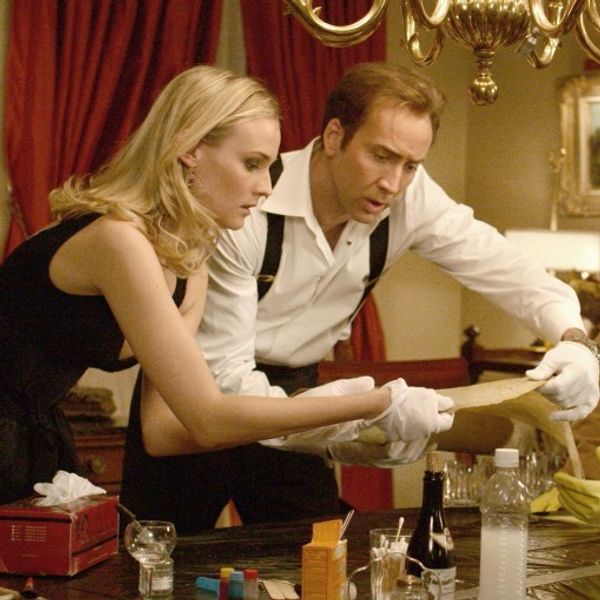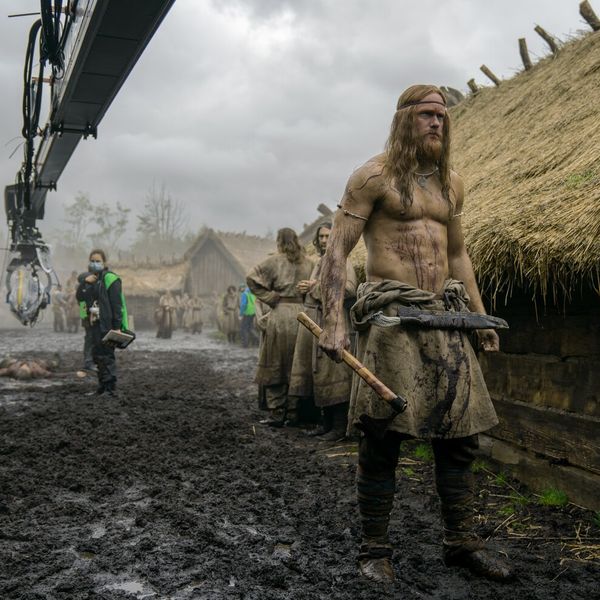Shots Falling Flat? Watch This Video to Find Ways to Add Depth to Your Scenes

The thing I love about the art of cinematography is that there are no hard and fast rules about how to shoot a beautiful shot. But, there are conventions that work well to create aesthetic energy and depth to your shot. Here is an excellent video by Vimeo Video School that shows you a few ways to do just that.
Again, cinematography is an art, so nothing is set in stone as far as how to set up a shot. However, just like in screenwriting, there are conventions that have worked for ages that are definitely worth knowing. Learn them so you know how to break them! I think I read that in somewhere in Rebel Without a Crew years ago, and it has helped me become a better cinematographer
What do you think? How have you solved depth issues in your shots? Let us know in the comments.












